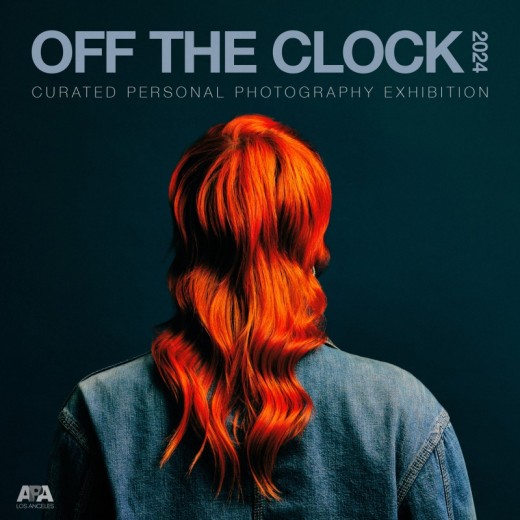APA LA Board member Carsten Steinhausen talks to Michael Kirchoff of Catalyst:interviews about his Joshua Tree and Captured in Time projects.
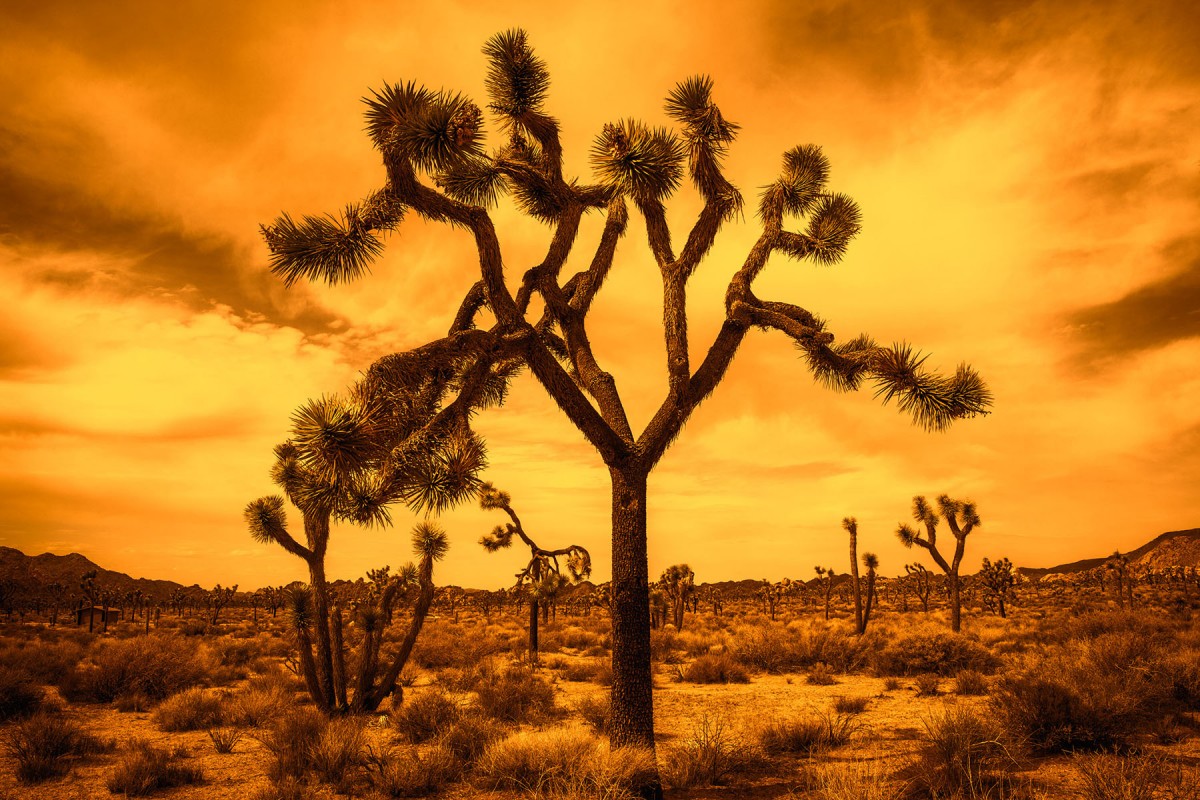 ©Carsten Steinhausen
©Carsten Steinhausen
Michael: There are occasionally times when I come across people or their photographs that blur the lines a bit about how we operate within the context of what might be considered “fine art photography”, and honestly, this site is not only about that anyway. Not everyone comes into this space from the beginning, but some merge into it through other visual means. My case in point this time is with the talented and multi-disciplined, Carsten Steinhausen. He is a German-born graphic designer, retoucher, photo compositor, book designer, and photographer. A very healthy resumé of talents, no? I’ve long known of his skills behind the computer, helping those in the advertising world finalize their vision, as well as his work as a live music and travel photographer. In fact, his images of Joshua Trees that you’ll see here, are a stunning take on the ubiquitous desert denizens of the Southwestern U.S. many are familiar with. Also, he has recently completed a very different project that has broadened his skillset even more and taken him into the world of unique photographic assemblage. So unique that it is a mere ten, one-of-a-kind pieces in this collection, that nicely cap off the already substantial foundation his career is based upon.
So it with this new work that I take notice of how the array of styles and aesthetics encountered through so many means might affect how projects are conceived and produced. Being able to find that balance and create something that you are passionate about, and unique to your values is intriguing. This brings up so many questions, and I’ve had to pare them down a bit for Carsten. He’s a very busy man but was more than willing to share his story and process for the good of us all. I’m very happy to report that even when you might wear many hats in the visual arts, that you can find the time and focus to make something exclusive to set yourself apart from the crowd. My sincere thanks to you, Carsten.
MK: I know that you split your time between photography, graphic design, and retouching/composting, so instead of asking you when photography came into your life I will simply ask when the visual arts became the center of attention for you? Was there any specific inspiration that set you on this path?
CS: Since I was very young, I loved to build, create, and handcraft things. More than anything else I was interested in the magic of nature. I saw art in all shapes and forms emerging from it. Over time my interest evolved to design lights and furniture to name just a couple. I became obsessed with discovering, with mastering the art of photography, and gravitated towards computers. Since then most of my inspiration has been an ongoing merging of these two art forms.
MK: With multifaceted abilities in a creative industry, do you find they feed into one another well, or are there roadblocks to developing the ones you feel most passionate about?
CS: I feel very blessed that I’m able to live my creativity in many different ways and in different fields. It just developed over time. The one thing that blocks me sometimes from creating certain projects is the lack of available time.
MK: When being a part of a creative team, and your role is something other than the photography, do you see yourself as an essential part of the team that gets as much out of the final imagery produced as everyone else?
CS: Absolutely. In fact, when I am booked on a project, the post-production and retouching is very often the most time-consuming part, and in many cases, very complex. Most projects are a collaboration of many talented people involving great teamwork, which I find lots of fun.
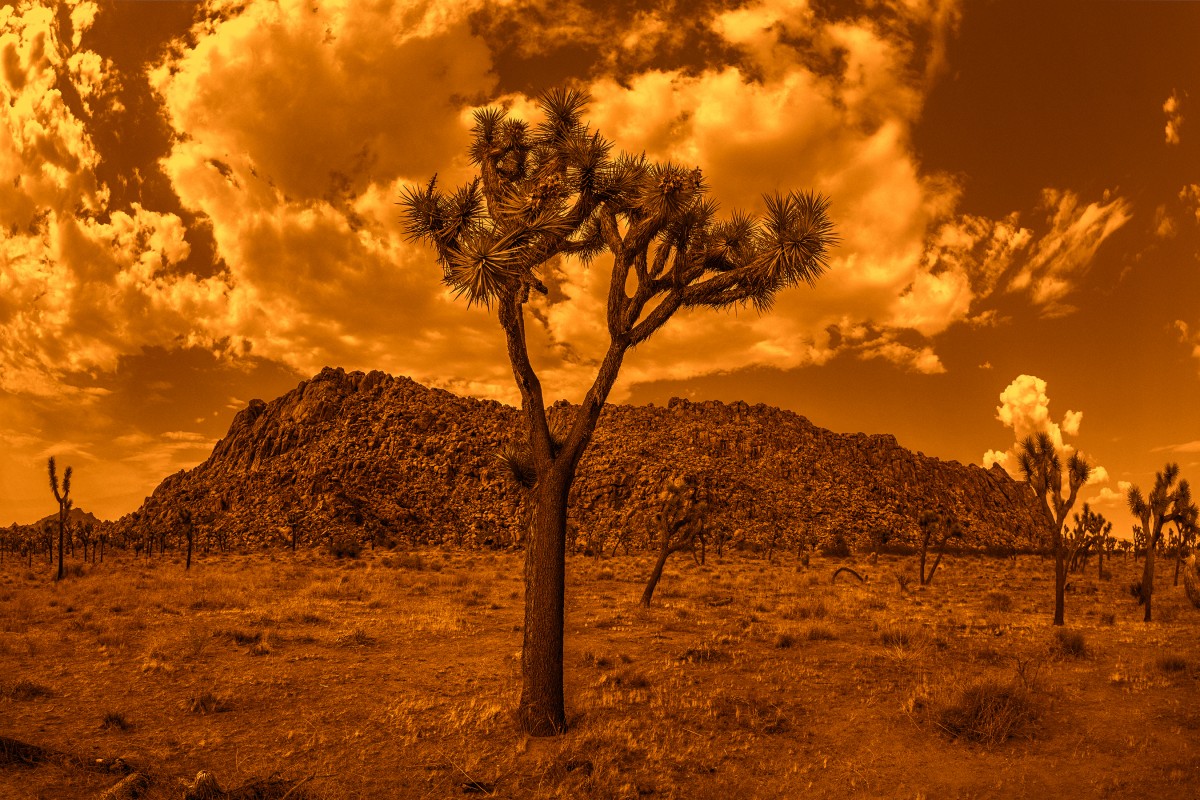
©Carsten Steinhausen
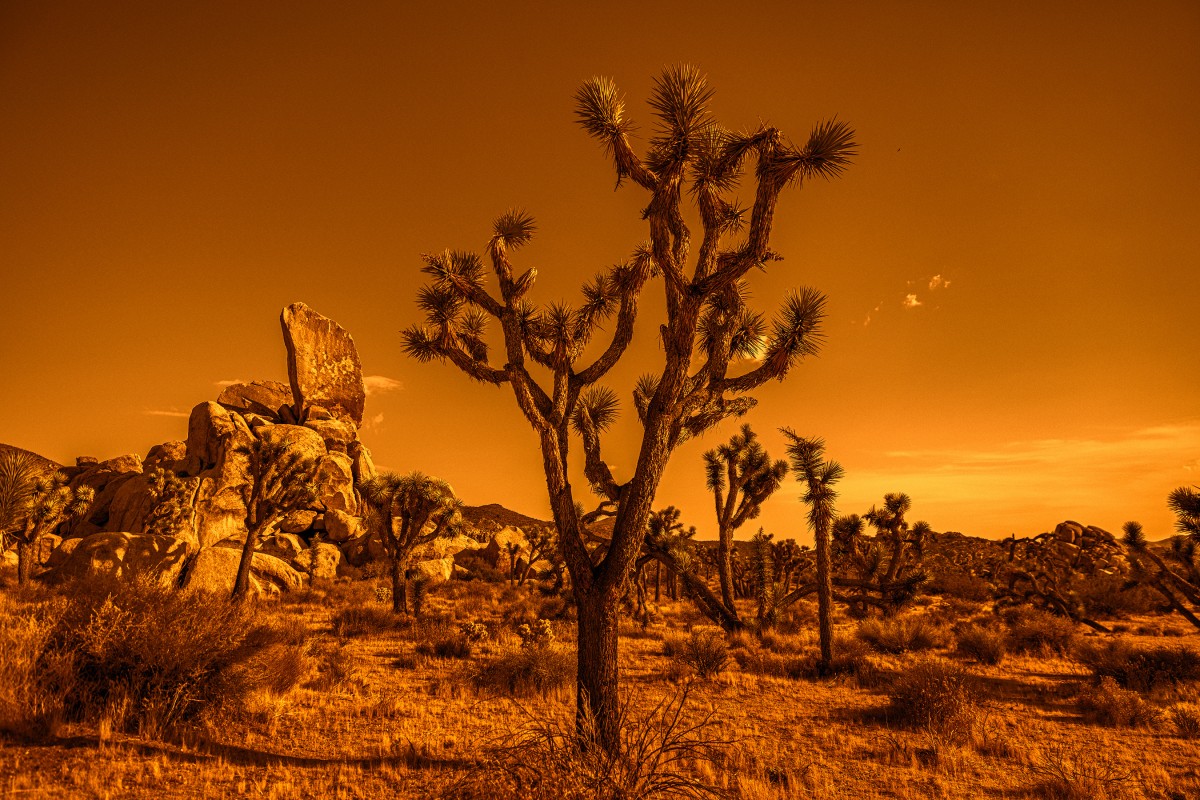 ©Carsten Steinhausen
©Carsten Steinhausen
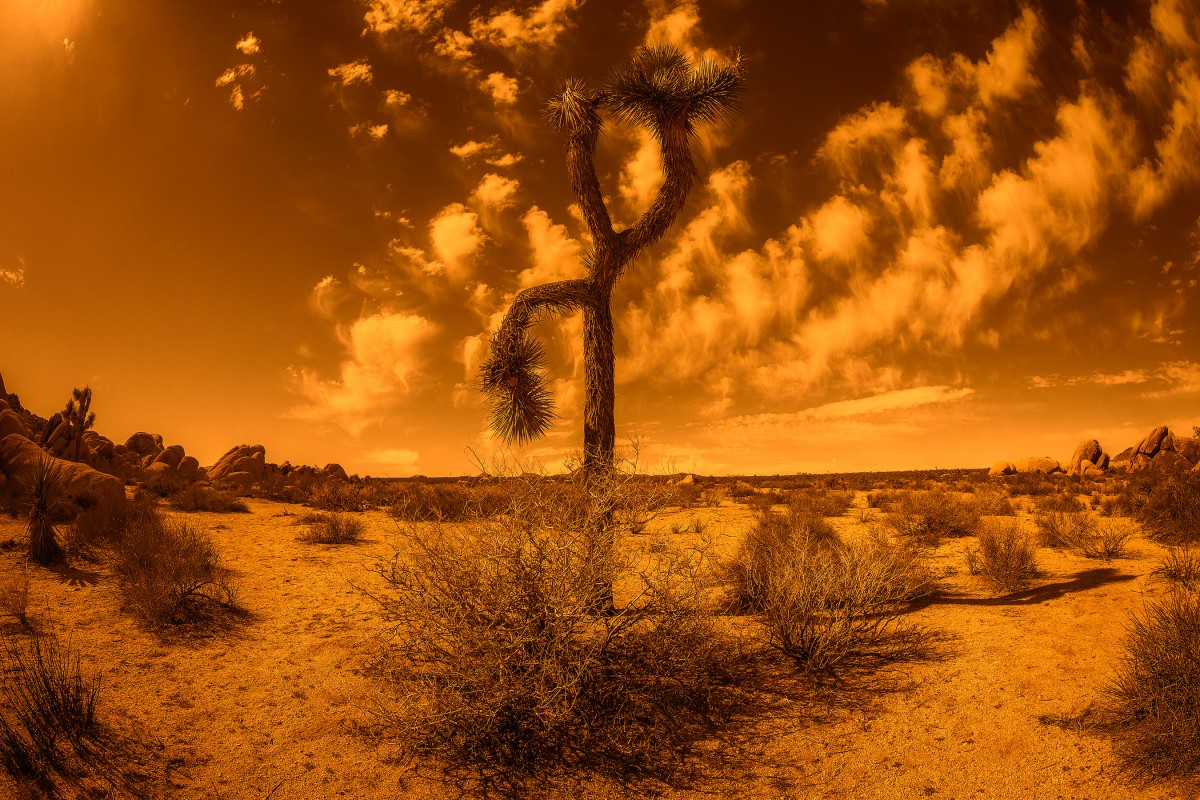 ©Carsten Steinhausen
©Carsten Steinhausen
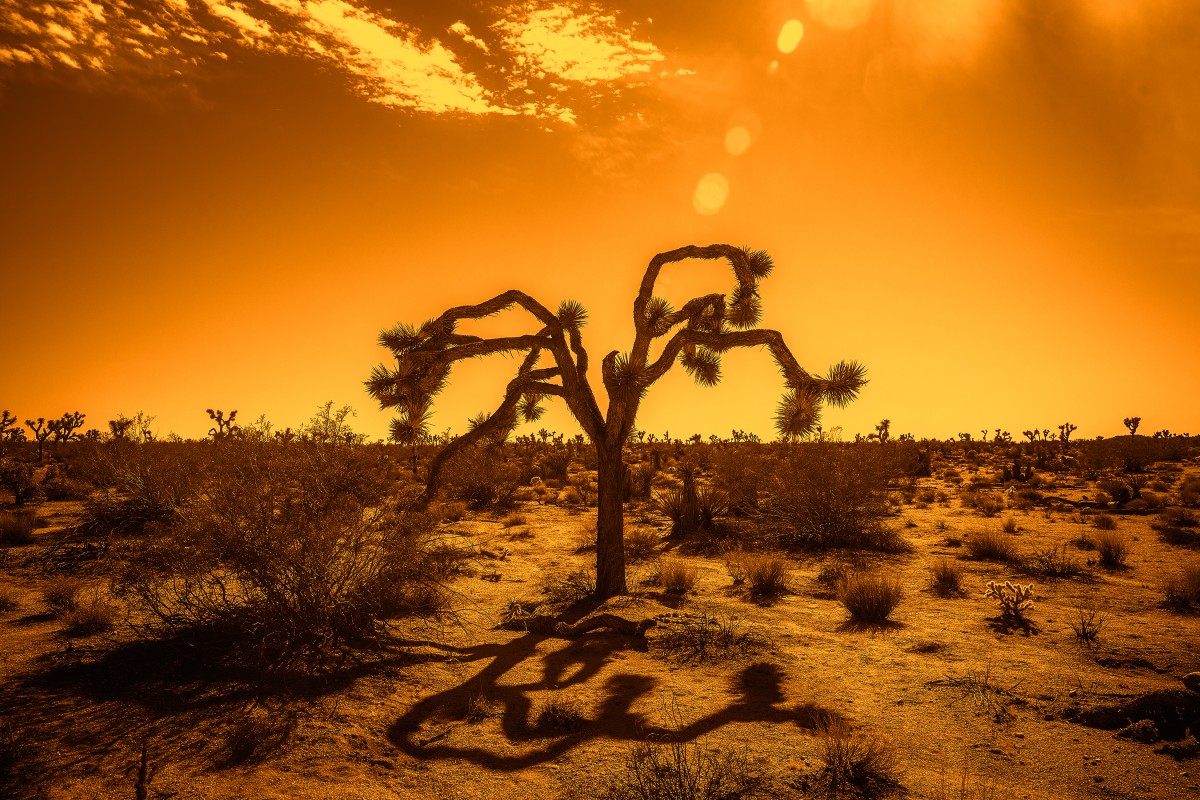 ©Carsten Steinhausen
©Carsten Steinhausen
MK: Retouching or design projects often mean you are working with other photographers of great talent. Do you feed off of the passion they have for image-making and do you see it as an inspirational instrument for creating your own visual projects?
CS: Many photographers are very inspiring to me, and I've learned so much from the ones I’ve worked with. I enjoy working with photographers who have different styles. I’m definitely not committed to working only with a certain look and feel. Staying open and enjoying different genres and styles fuels my own creativity.
MK: So much of your work with retouching/composting and graphic design is a constant collaborative endeavor, yet with your own photography you appear to take these projects on solo. Why do think this is? Is it a natural reaction to the other type of work?
CS: I’ve collaborated on some personal projects with other people. For example, when I design lights or jewelry, I’ve worked with several highly skilled people who’ve helped me bring my ideas to life. But when it comes to post-production and retouching work, I love to work free as an independent. I’m also very lucky to be booked quite often on location with large crews who are all collaborating, which I love too. It's a beautiful variety of work scenarios.
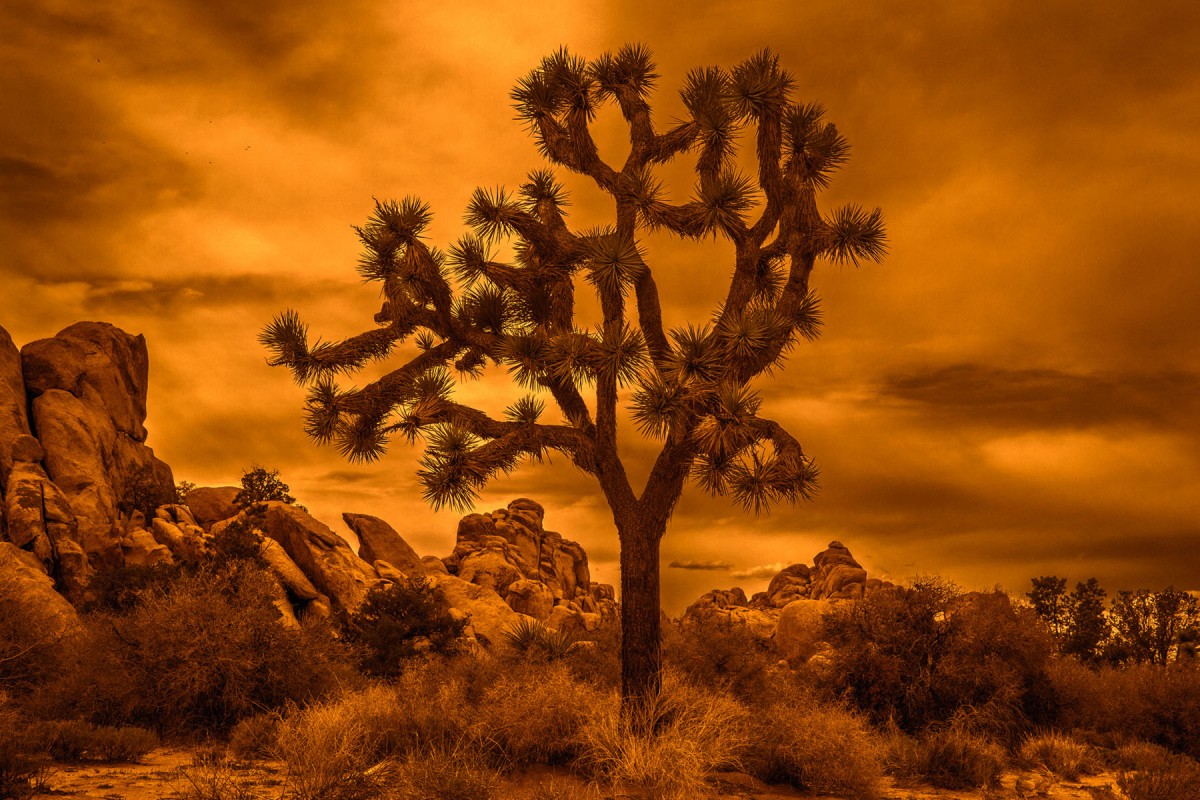 ©Carsten Steinhausen
©Carsten Steinhausen
MK: You were born in, received your education, and started your career in Germany before immigrating to the United States in 2000. Do you feel that making a drastic change to your environment like that has altered how you work or make images in any way, for better or worse?
CS: Not just relocating to the US, but also traveling around the world was a huge eye-opener for me. These experiences definitely influenced and somehow changed my perspective. Also, when I relocated in 2000 it was a different market in retouching and post-production in Germany, compared to the U.S. Back in Germany I was running my own agency, and from the moment I came to L.A., it was all about retouching and composing work, compared to graphic design, book production, etc.
So all in all, it had a big influence on me and helped me bring more depth to my personal and professional work.
MK: Your Joshua Tree collection is very specific as a body of work, yet the trees themselves are always different and always open to interpretation as a venerated and celebrated subject. How and why was it important for you to photograph them in the style that you chose?
CS: When I went to the desert the first time many years ago and explored Joshua Tree, I instantly fell in love with the landscape and the trees, called Yucca Brevifolia. You are absolutely right -- they are all different. To me, they all look like guards that are standing and protecting that bizarre landscape. I love the wide variety of shapes and sizes. Years ago I started photographing the trees. One day I came across the perfect metallic paper which makes them look like a printed piece of copper art, and that was the missing piece of the puzzle to finish the very unique look of the project. It is stunning to see the copper effect and the shine in each art piece. Every time I go back to Joshua Tree I find new beautiful guards to shoot and add to my collection. In fact, I was just there a couple of days ago and it was a very unique experience. The extreme heatwave that day, and the smoke in the air from all the fires, made the park look like an apocalyptic landscape from another planet. I got some great shots out of that.
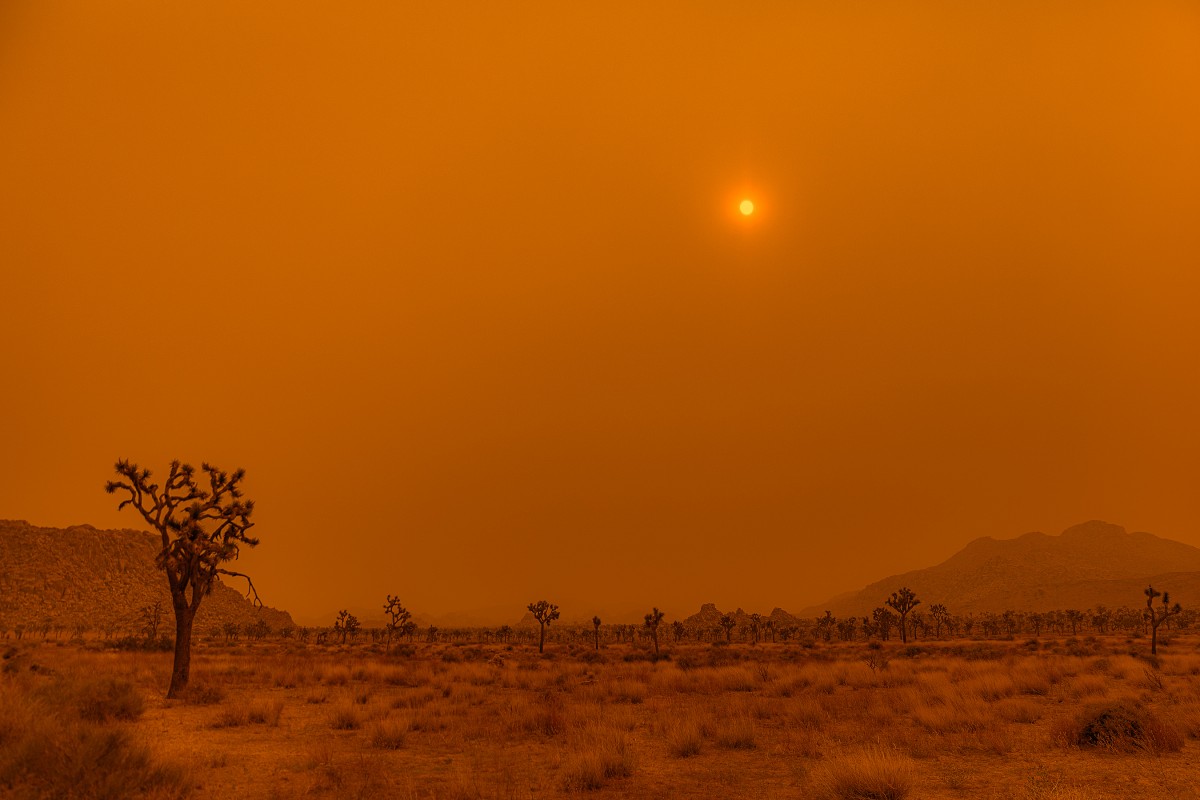 ©Carsten Steinhausen
©Carsten Steinhausen
MK: What is it that you get out of creating photographs? Is there an overriding theme in your work that you feel best represents you as an artist?
CS: Not really, and as I mentioned earlier, I don’t have one specific style. I love to photograph lots of different subjects -- from wildlife, travel, landscape, vintage cars, all the way to concerts and musicians. I just love to capture a moment in time of all these different subjects that have captivated my attention for whatever reason.
MK: What do you feel is the best way for you to grow as an artist? Are there any fears behind treading new waters?
CS: I don't think so, not for me. Beyond that, to jump over your own shadow and get uncomfortable trying new territories is a great way to learn and grow, if not the only way.
MK: You recently completed a new body of work that is quite different than any other work or project that you’ve engaged in before. The Captured in Time collection is small but mighty in its concept and execution. I find it very interesting that you have stepped far out of your comfort zone to make something that combines tried and true skills with woodworking and assemblage to make these objects. What was the inspiration behind this project?
CS: I’m glad you like it and yes, it is different from my other projects. Captured In Time is a passion project. It’s very complex in the way that the different components came together. One day back at the beginning of 2020, while online, I accidentally stumbled upon an antique clock frame. I ordered it and a week later it arrived, and when I saw it I fell in love with it right away. Once I saw it I immediately had a concept and knew exactly what I wanted to do. I ordered right away all the vintage clock frames I could find. Then I chose some of my favorite primate portraits that I made over the years during my travels. Next, I placed them into their natural habitat and printed them out so that I could frame them behind the convex glass of the vintage clock frames. The next component was the old wood they are living on -- I found that redwood many years ago in an old store during a road trip to Mendocino. The redwood had been floating for many years in the ocean and some sea creatures had created some holes in them. After an intense treatment of the wood, I was able to finish my project. Unfortunately, I just had enough redwood for a total of 10 finished sculptures. Otherwise, I would have made more.
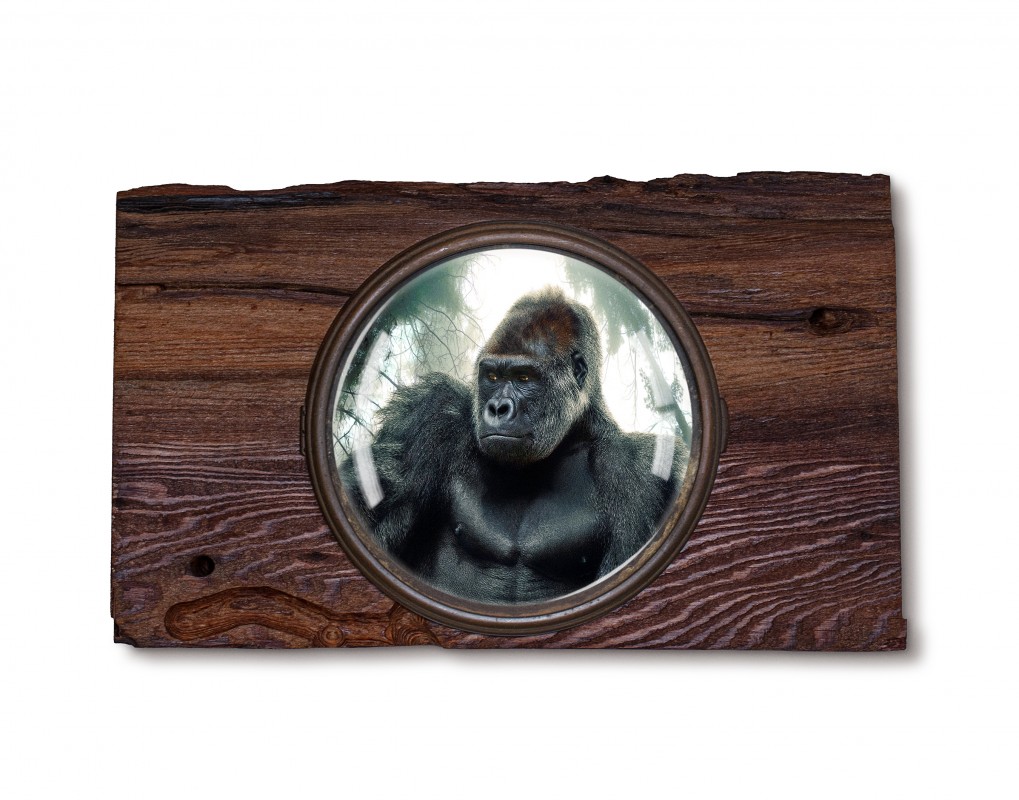 ©Carsten Steinhausen
©Carsten Steinhausen
MK: You’ve even gone so far to create a website solely for the Captured in Time project. It is full of views of each object and the details you’ve painstakingly attended to. Why this project, and is this something that you feel needed an extra special treatment due to the unique nature of the work?
CS: Captured In Time is for me a very special project. I created all 10 pieces to finish up a body of work which will be for sale and exhibited someday. Yes, absolutely I built a website to present it to potential buyers and galleries before they are able to see it in person. I also created for each of the 10 pieces a custom made pinewood box where they are bedded on red velvet. So why this project? I was and still am so passionate about it and the message behind the project; I freed these magnificent creatures from their zoo prisons and composited them into their natural habitat, and then recaptured them under vintage glass on reclaimed wood, where they will now live forever.
To read the full interview and see the full gallery of images:
https://www.catalystinterviews.com/interviews/2020/9/9/carsten-steinhausen
Website: https://www.designcsc.com


